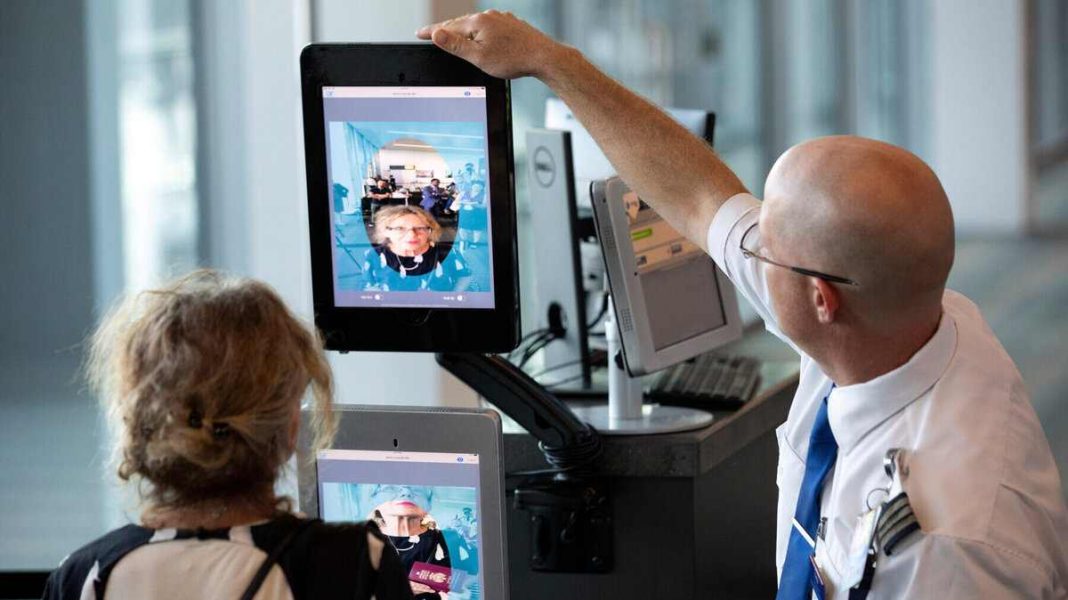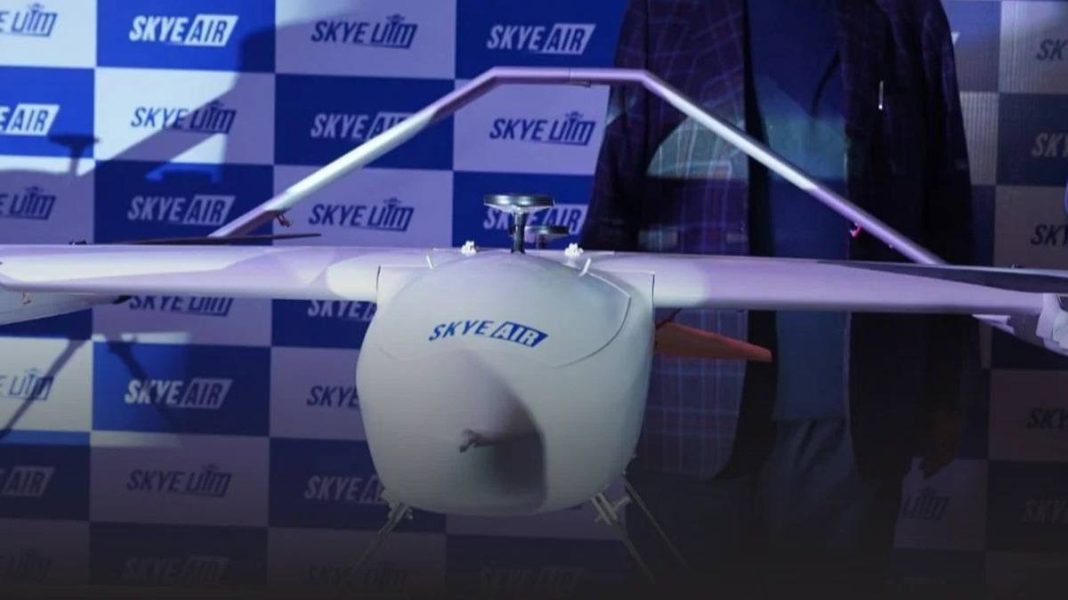In recent times, we have seen even famous temples like Tirupati in India planning to use facial recognition when allowing visitors to enter. Now it has been some years that we are hearing this term very frequently- Facial Recognition Technology (FTR). The gadgets we rely entirely on, our mobile phones, often have this feature to enable us to lock or unlock applications. Of course, it has several other uses that we have stumbled upon, but do we know exactly how it works? How about a sneak peek into what is in store for us in the future regarding this innovative technology? Let us dive in to learn some details:
What Is Facial Recognition?
Well, facial recognition is basically a software that was curated to confirm people’s identities. The facial features of a person are captured first, then analyzed and compared with the sample to verify their identification. It is a contactless form of verification, which is why it has garnered the popularity it has.
Although it appears as if this technology is a new invention, fresh out of the oven, interestingly, it is more than fifty years old. Around 1967, when a research team led by Woodrow Bledsoe conducted experiments to check if programming computers could recognize the faces of humans, the team failed. A very basic scanner was used to plot the person’s intricate facial details, like eye size and shape, nose placement, hairline, etc. It took many years for it to evolve, thanks to the emergence of a handful of new-age cameras, 3D mapping, machine learning, etc., that have given facial recognition center stage.
How Does Facial Recognition Work?
A facial recognition system uses biometrics to map features of the face from photos, videos, or in real-time. Generally, face recognition systems vary according to their usage, but their course of operation follows as-.
Step 1: Face Detection: The camera sensors capture the face in 2D or 3D.
Step 2: Face Analysis: Details like the distance between eyes, face length and width, mouth, etc., are measured.
Step 3: Image To Data: The image is basically converted into a set of data. Now all the factual facial details are stored in a database.
Step 4: Matching: To augment the process of verification, the sample image, or rather, the sample data set, is now compared with all the other data sets stored in the database. This process is done until a match is found. It must be noted that in cases like personal device security, there is no wide range of databases to confirm the identity of the user. Rather, the sample image is calibrated against the user’s details, and all other samples are rejected.
Applications Of FTR
In smart technologies, like phones and TVs, FTR finds wide usage in ensuring device security. The first known application came in 2017 after Apple released the iPhone X with the FaceID feature to allow the user to use their own face as a passcode to unlock the phone. Gradually, the feature started showing up on devices from other leading brands.
Social media platforms like Facebook and Snapchat have been using Facial recognition to add more dynamics to social interactions in media. Creative and fun activities like avatar creation and stickers often use this feature. It also finds ample benefits in improving the accuracy and further hastening the process of medical diagnoses and treatment, thus revolutionizing healthcare industries. Important services like banking apps are also implementing such features to provide contactless, stay-at-home, yet reliable financial services to customers.
One of the most widespread uses of FTR can be attributed to its use in the identification of criminals or suspects. Video surveillance systems are often enabled with FTR for easy recognition and detection. Even border agencies have been utilizing this feature in national and international airports to provide access control, a seamless way of streamlining transition experiences, and thus promote integrity and national security.
Related Challenges
Although technology does provide us with some wonderful experiences, it is to be acknowledged that society has some anti-socials who would always attempt to breach human processes. In 2019, some hackers broke Apple’s FaceID authentication in just 120 seconds. Thus, it is pertinent to assess the risks and challenges that arise with violations of privacy. Scams can be easily done with tons of photo-editing applications roaming around. Lawbreakers just need to find an excuse to perpetrate fraud by using distorted images and videos. Any change in one’s facial features due to cosmetic surgeries or application of make-up products can make it difficult for FTR to work. Plus, weak passwords could be easily breached. Also, technology is not devoid of errors, so it has its own set of disadvantages.
The Future Of Facial Recognition
The COVID-19 pandemic did teach us the relevance of facilitating contactless, paperless solutions and integrating them into our day-to-day lives. Biometric authentication will play a major role in the future. When FTR combines with powerful tools like artificial intelligence, highly competent devices will be on the line. We can have AI-powered Personal Assistants serving more realistic roles, capable of detecting emotions and commands serving us. FTR can be used in automated or self-driving cars, too, with robust capabilities, thereby reforming the transport system and the human experience.
Summing Up
FTR has astounding potential in bringing a huge dynamic shift to nearly a majority of industries ranging from education to entertainment. It will be gaining more traction in the future, and with all the contemporary technological developments going around, it is surely here to stay.
See more: Everything You Need To Know About The Self-Driving Cars: Their Future And Beyond


